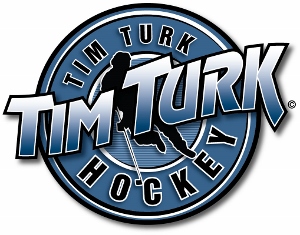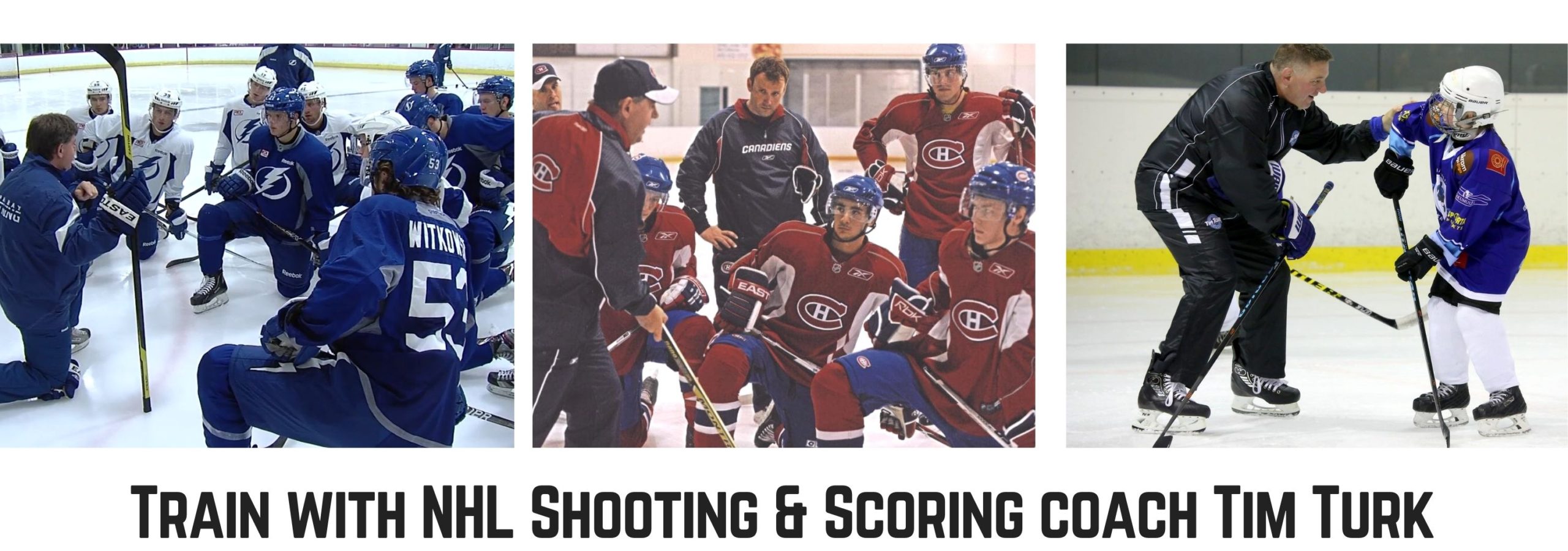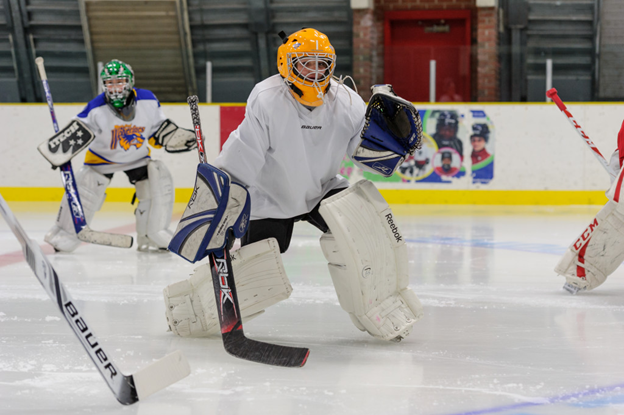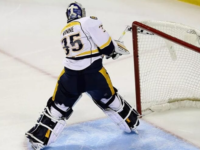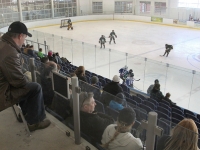What Position Should I Play?
It’s an interesting dilemma that most young hockey players have to face at some point early in their careers. In minor hockey, players get the benefit of trying every player position to get a taste of how each role operates. Truth be told, in minor hockey designated positions aren’t always adhered to, and it is more of a mob of sticks and skates chasing after the puck. As players get older, there is definitely a lean towards choosing a position and sticking to it as you progress through the years.
Don’t get me started on goaltenders! If you have ever played in a beer league, goaltender isn’t the most popular position to play. Goalies often need to commit to the position from a young age, as the training is different from what players go through. There is also a fairly big investment in equipment which can be expensive and difficult for some to obtain.
Choosing the right position to play is an important one to make, but please do not think that this is the end all be all of your hockey career. Even in the NHL, players can switch positions from game to game, depending on injuries or the availability of other players. Historically, it is much more common for a defenseman to switch to forward, rather than the other way around.
Can I Change My Position in Hockey?
Of course! Before you do so though you will want to learn the responsibilities of the position you want to switch to. Let’s use the example of a player who wants to make the move from being a forward to a defenseman. What things do they have to be aware of? Well, the most important thing that forwards need to learn in this situation is to learn how to skate backwards. After years of skating forward with the puck, a switch to defense will open your eyes as to how much backwards skating needs to be done. It’s a different type of balance for a defenseman, and one that most forwards are not aware of.
So why is it more common for defenseman to transition to forward? Well, it’s easier to skate forwards than it is to skate backwards. Most importantly, defenseman already have that defensive awareness drilled into their game, so the only real addition to being a forward is on the offensive side of the puck. Forechecking is also a critical part of hockey, and defenseman may hesitate to enter deep into the opposing zone when they are so used to hanging back by the blueline.
Generally speaking, it is easier to switch from a defensive mind to an offensive mind, and not the other way around. For NHL players like Brett Burns and previously Dustin Byfuglien, the coaches often would switch them back and forth between defense and offense. It should come as no surprise that these were two of the more offensive minded defenseman in the league, and always put up impressive offensive numbers as defenseman.
So what about goaltenders? Well we know that in the NHL, teams will always have a backup goaltender in case the starter is injured. But has a player ever had to suit up when the backup gets injured? There hasn’t been many times this happened that we have found, but it does beg the question why aren’t more players trained to be goaltenders?
Many believe that being an NHL goalie is the most difficult job in sports, which makes it a little easier to see why not a lot of people want to do it. Who wants to stand in front of 100 mph slap shots of vulcanized rubber? It definitely takes a certain type of person to get in net and face those shots, which is another reason why most players simply refuse to play goalie.
Other Things to Consider When Changing Positions
Once you play hockey at a high level, there are so many different aspects to consider when playing the game. If you are thinking about changing your position, you may even need to take a look at new equipment. Forwards target strong sticks to focus on shooting, while defenseman often have longer sticks and less curve on their blades so they can clear a puck in a hurry. You may even want to consider bigger shoulder pads or chest protectors on defense, as you will likely be involved in more battles in front of the net and along the boards.
You might even want to consider bigger shin pads for blocking shots as a defenseman. Meanwhile for forwards, lighter equipment can help add speed and elusiveness to your game. Forwards usually choose slightly shorter sticks for being able to stickhandle in tight spaces and deke out a goalie in close.
There are also some position specific skills you might have to learn when making the transition between positions. For example, how many faceoffs do defenseman need to take? Not very many! It might be worth practicing to get some experience in winning draws, before you start playing the position on the ice! While the defenseman will take a lot of slap shots from the point, forwards tend to use more wrist shots and snapshots in close. Developing a quick trigger snap shot can help bring the offensive flare to being a newly transitioned forward.
Conclusion: Changing Positions in Hockey
In the MLB, Shohei Ohtani is breaking down barriers by playing both as a hitter and a starting pitcher. In the NFL, Taysom Hill is used as a quarterback, a running back, and a wide receiver by the New Orleans Saints. In the NBA, the lines between positions are blurring together as the traditional center is in low demand during this current era of basketball. So why is it that NHL players generally do not switch between positions?
On the ice, there is some movement between player positions, but there is almost next to no precedent of a player ever becoming a goaltender. No matter what level of hockey you are playing at, it should never be too late to consider changing your position, and great coaches will welcome the opportunity to help you become a more diversified and valuable player to the team!
